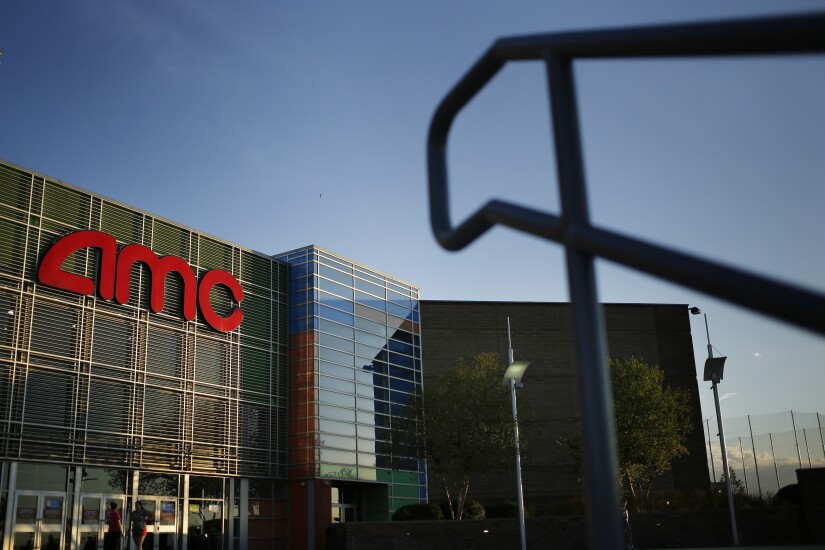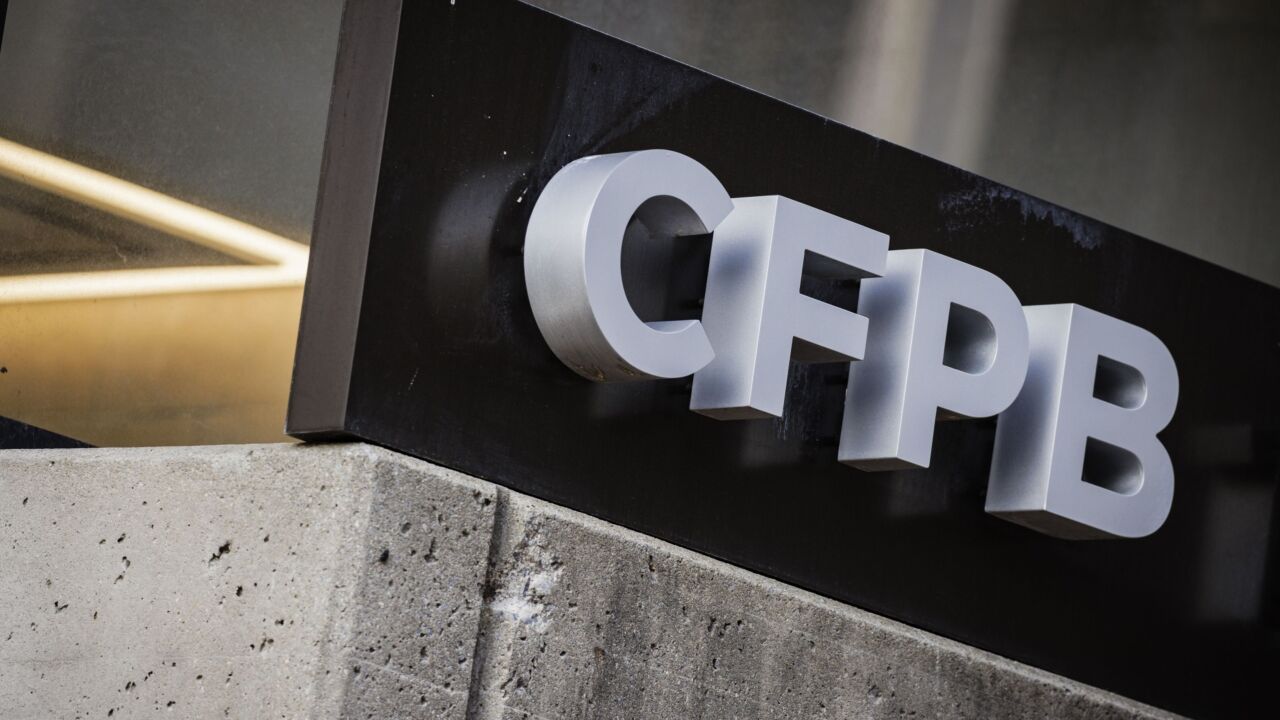

Fitbit Pay
Payments have rarely been a selling point of wearable devices. Google's Android Wear platform does not require NFC, and the Apple Watch's support of Apple Pay may be more a quirk of timing than of strategy, since the watch launched less than a year after Apple's mobile wallet.
In the smartwatch market, consumers may not expect a wearable device to support payments any more than they expect their kitchen appliances to. And yet, the card brands are more active than ever in embedding their technology into a dizzying number of internet-connected devices.
For Mastercard, Fitbit Ionic is a chance to provide another alternative to match payments with another activity.
"This is the coming to life moment for our commerce for every device program," said Sherri Haymond, executive vice president of digital partnerships for Mastercard. "We have worked to have our tokenization services initially available on smartphones for Apple Pay, Samsung Pay and Android Pay, and then we started talking about expanding the utility of [tokenization] to service different devices."

MoviePass
By leaning on a Mastercard debit card, MoviePass is able to force theaters into accepting tickets purchased on a $9.95 monthly subscription model that at least one major chain would not have agreed to if it had the choice.
Under the card networks’ Honor All Cards policies, theaters must continue business as usual with Mastercard or risk a fight, putting Mastercard into the unwitting role of enabling a major upset in the movie theater business. AMC Theaters, the largest U.S. theater operator, is
“They can’t kick MoviePass out of AMC’s theaters because they’d have to stop taking Mastercard debit, and theaters don’t want to do that to their customers,” said Ted Farnsworth, CEO of New York-based Helios and Matheson Analytics Inc. (HMNY), which paid $27 million to take a 51% stake in MoviePass in August.
MoviePass, launched in 2011, has long relied on Mastercard as the funding mechanism for its app out of convenience, though it’s a clunky process. Users who sign up for the app receive a plastic Mastercard debit card in the mail, which they load with value from a credit card and offer for payment at participating theaters.
When users select a movie and “check in,” their MoviePass ticket is enabled for 30 minutes on the card, which can be used only for MoviePass purchases. About 6% of U.S. theaters also support an electronic ticketing option within the app.

Build a theme park around it
The park has been designed to accept TapuTapu wristband payments for admittance, food and souvenirs, but also to participate in the "virtual line" service, in which patrons can reserve a spot in line at a particular ride and the band will vibrate when it is time for their turn.
Hersheypark was one of the first theme parks to test contactless payment wristbands in 2012, but dropped its use a year later when reporting that the
Hersheypark's failing might have been that its band was not fully integrated into the park experience; it was little more than a wearable prepaid card. Walt Disney Co. launched its more ambitious
Like Universal's TapuTapu, Disney also allows Magic Band users to skip long lines through the Disney FastPass+ system.
But while Disney's wearable still resembles a simple bracelet, Universal's TapuTapu has the look and feel of a smartwatch, giving visitors notifications and alerts related to happenings in the park, deals at restaurants, and alerts about the patron's place in a virtual line.

The wearable that you take off
In a partnership with sunglasses manufacturer Local Supply and wearable fintech provider Inamo, Visa's WaveShades initiate contactless payments through a chip in the arm of the glasses. In choosing Inamo as a partner, Visa will operate WaveShades on the same payment platform that the Australian company developed last year called Inamo Curl, a waterproof wearable band designed for beach lovers and surfers.
Oberthur Technologies is providing the tech behind the contactless sunglasses, while Heritage Bank will serve as the authorized deposit-taking institution in Australia.
Visa is banking on WaveShades to fit more easily into the mainstream than Google's far more high tech project.
From about late 2013 to early 2015, Google experimented with payment options for
When first unveiled, Google sold Google Glass only to early adopters, some of which worked at mobile payments or loyalty service providers like
Even as some companies continued to show an interest in the high-tech wearable, Google finally

Implants
While this is as much a publicity stunt as it is a pilot, it raises the question of whether it's finally time for implantable payment devices to come to market.
The Internet of Things has been eroding privacy concerns for years. Amazon has convinced
Chip implants aren't even that unfamiliar to anyone who owns a cat or dog. It’s not rocket science. But, for some reason, it crosses a line with the idea of the same technology being implanted in humans, thus distilling our identities to a single identifying chip.
But is it really any different from Apple’s Touch ID, which has convinced countless iPhone and iPad users to scan their biometric traits to make it easier to unlock their mobile devices? Dystopian paranoia is often shortsighted; sell people a practical use case and it’s a winner.

Mobile+Virtual
"Virtual currency is not useful unless you can provide a way for people to spend it on something," said Graham de Barra, CEO of Bitcart, a Dublin-based discount gift card platform.
Festy is getting an early test at a bar in Dublin and a rooftop bar at a local technology incubator. Attendees received a band they can top up via a Dash account.
There are a
In that regard, Bitcart has an uphill climb. Not only must it convince consumers and merchants to use a wearable device instead of cash, cards or mobile wallets; it must also convince them to use the Dash currency as part of the process. Neither are new innovations, but neither is widely used at this point.
"This seems to be a mashup of two concepts that have yet to gain traction," said Thad Peterson, a senior analyst at Aite Group. "And the bracelet can only be used at merchants that have chosen to incorporate the offering in their point of sale platform. It makes the challenge of achieving critical mass twice as difficult."




